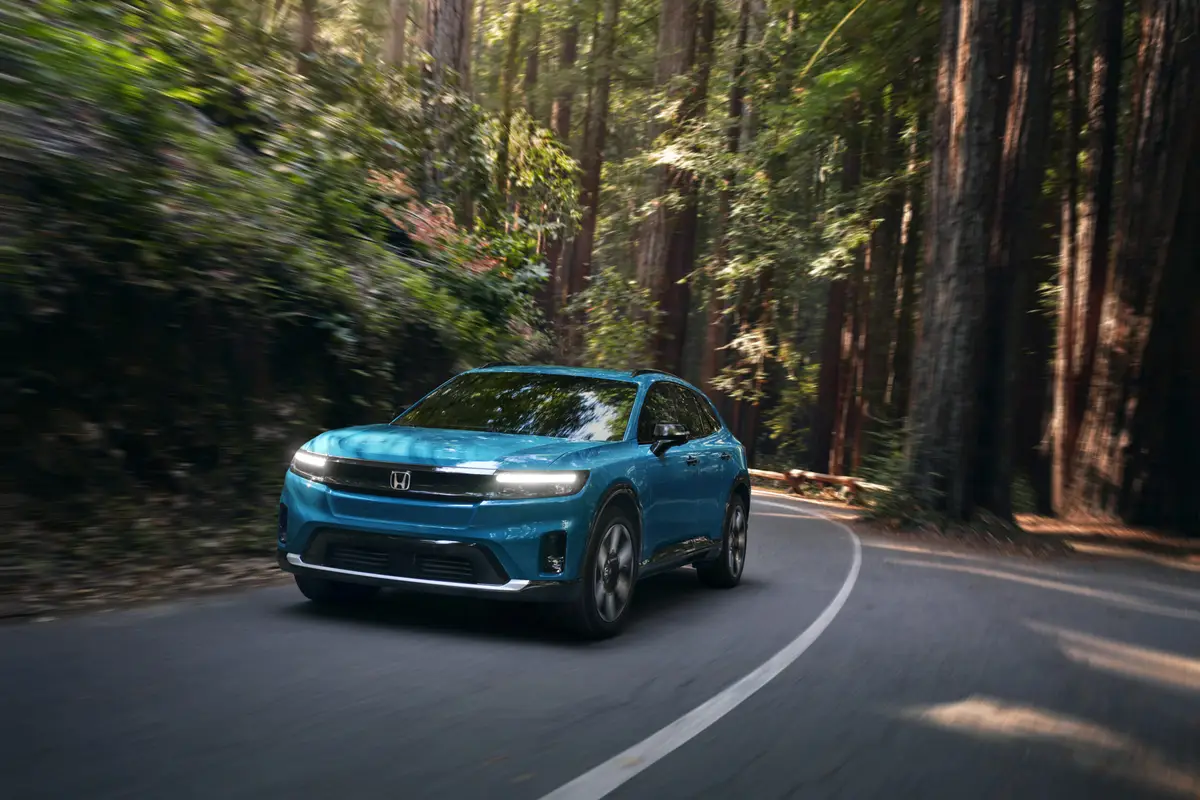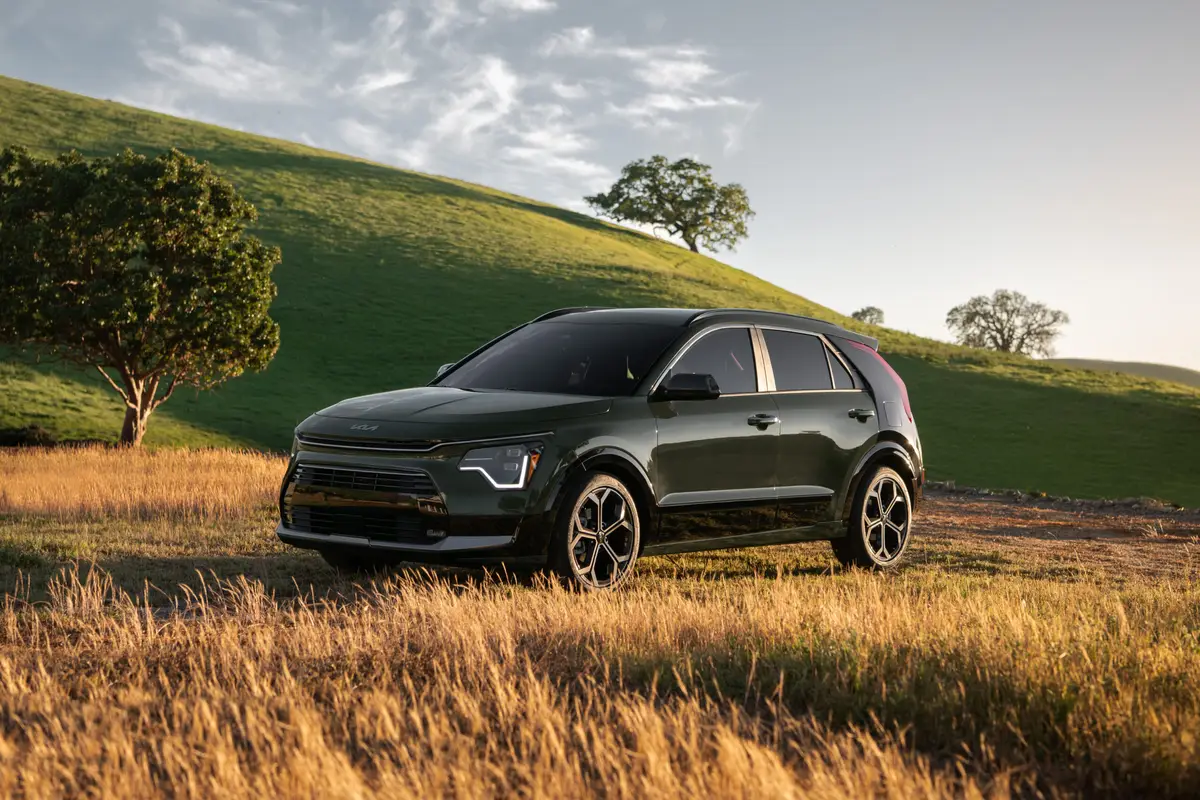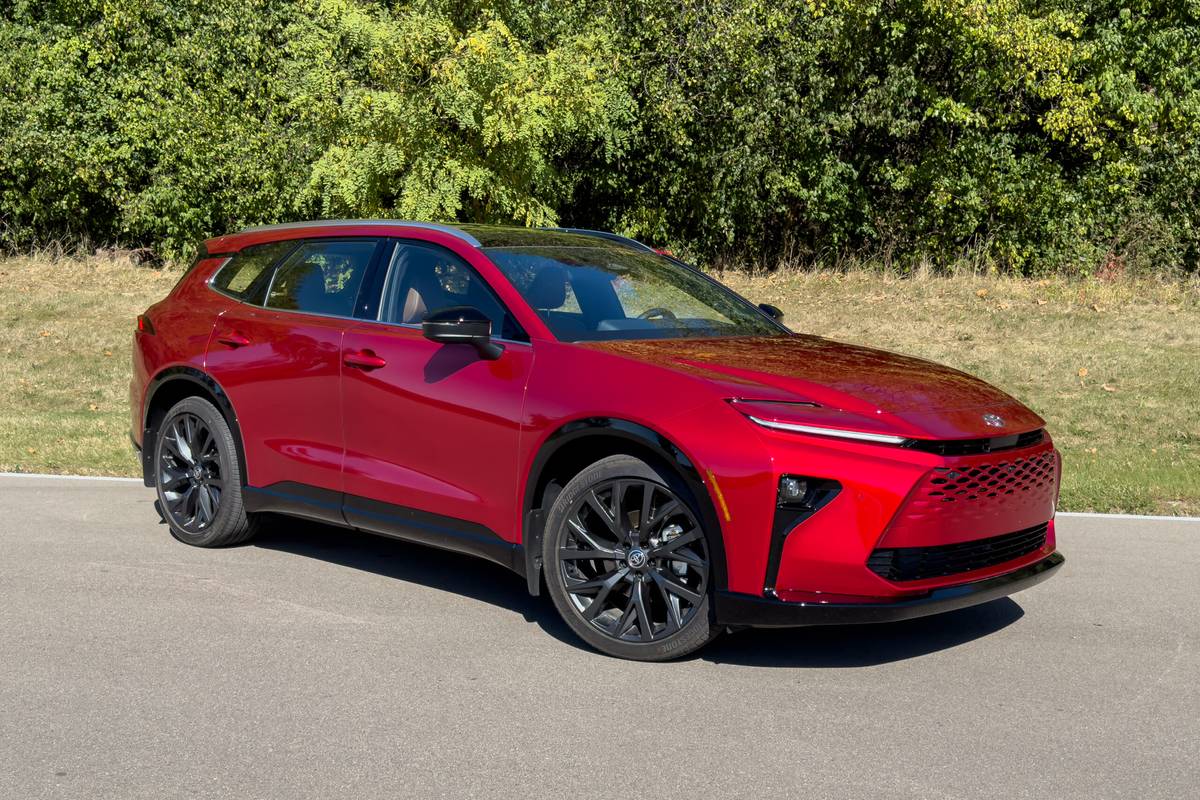Detroit Newspapers's view
One look tells you that a truck like this is more than a mere image-enhancer. It’s designed for hard work, and lots of it.
But one drive in Ford Motor Co.’s new F350 Super Duty also tells me that the fortunes of the people who employ these beasts of burden have improved by a bunch.
Leather upholstery. Air-conditioning. CD player. Power everything. Cruise control. Not to mention those all-important rear demi-doors on both sides of this Supercab model.
And why not? Comfort and convenience have long since overtaken the rest of the truck world, and who deserves it more than the folks whose livelihoods involves sweat and hauling heavy stuff?
Ford’s Super Duty additions to the F-Series lineup, which extend from the F250 to F550 models, aren’t the only big-job pickups, but they are the latest.
This portion of the so-called light-truck market — the real workhorse pickups — is the last bastion of all-American product.
Toyota soon will offer a more serious competitor for mainstream full-size pickups: the V8-powered T150. But if you want a big-job truck, with a GVWR (gross vehicle weight rating) of 8,500 pounds or more, you’re still talking Ford, General Motors or Dodge.
A word on GVWR and other ratings, which are an expression of a truck’s capacity for loads: GVWR refers to a truck’s carrying capacity, including passengers and cargo. If the truck’s curb weight is 5,000 pounds, for example, and the GVWR is 8,500 pounds, the difference essentially is its payload rating, in this example 3,600 pounds.
Another rating that frequently causes confusion is GCWR — gross combined weight rating — which is usually higher than the GVWR. It refers to the maximum load the truck can carry and tow — curb weight plus passengers plus cargo plus trailer. It’s higher than the gross-vehicle-weight rating because the GVWR is based on the truck’s axle capacities and a trailer has its own axles.
My test truck also had two wheels on each side of its rear axle, a design that increases the load capacity. And even though its four-wheel-drive system diminishes its hauling and towing capabilities a bit — something that’s true of almost all four-wheel drive systems — it still had a formidable work ethic:
GVWR: 11,200 pounds. GCWR: 20,000 pounds. Max towing: 13,600 pounds.
Those aren’t the upper limits for the new Super Duty trucks. Available in 44 different configurations, 21 of them new and 17 exclusive to Ford, the gross vehicle weight ratings range up to 19,000 pounds, 4,000 pounds higher than the previous line, which means you could just about pack your house onto one of these rigs and take it with you.
The arrival of the Super Duty series rounds out the latest redesign of Ford’s popular F-Series trucks, a makeover that began with the introduction of the current F150 in 1995.
However, there’s a significant difference between the big boys and their more mainstream brethren.
The F150 arrived with an all-new chassis and independent front suspension, which replaced Ford’s time-honored Twin I-Beam frame.
The Super Duty trucks, however, retain the older underpinnings, albeit upgraded for more rigidity and durability, with wheelbases extended by 4 inches in Regular Cab and Crew Cab editions and 3 inches in Super Cab versions.
Ford went with the two-chassis approach because the older design is still the best bet for big loads.
There’s no question in my mind that the changes made to the underpinnings of the F150 yielded better ride and handling qualities.
However, in a truck like my tester — 21.8 feet long, nearly 8 feet wide, with four-wheel drive and dual wheels at the rear — handling becomes a different issue.
There’s just no way to make a battleship such as this feel nimble. Maneuvering in parking lots takes a lot of backing and forthing, augmented by innumerable glances at the big side-view mirrors, which are extended away rom the cab to compensate for the vast rear fenders.
I can say, however, that the steering offers better feel than the vague old systems that plagued big Ford trucks of yesteryear.
And as for ride quality …well, Ford chassis engineer Jim Ross says “it doesn’t ride like a truck,” a statement that makes me wonder what Jim’s been driving for comparison purposes.
I’m willing to agree with this assessment as far as the behavior of the front suspension is concerned. It feels a bit more supple than my old (1990) E350 Ford van, which is my only basis for direct comparison.
But when you have rear springs designed to accommodate a couple tons of cargo without excessive sag, ride motions on lumpy pavement become distinctly lively when the cargo bed is empty.
I did put some weight in the rear — about 500 pounds of wheels, tires, and assorted racing spares — but I suspect you’d need at least a half-ton to produce any noticeable difference.
Nevertheless, the comfort quotient is high. The Super Cab, like all extended cab pickups, allows plenty of room up front to move around and achieve an optimum driving position, and the extra doors — standard on all Ford Super Cabs — make it easier to get people and stuff into the rear bench seat, which flips up to expand storage space.
I suspect sitting on that rear bench, with its rather upright seat back, wouldn’t be particularly enjoyable for any length of time, and I further suspect that the new Chevy/GMC extended cab pickups provide more space back there.
But the new GM trucks won’t be available in this load class for another year or so, and folks who plan to carry more than three passengers on a regular basis — construction crew chiefs, for example — usually opt for a crew cab with four full-size doors and more rear seat space.
Like the other F-Series trucks, the Super Duty models have a clean, functional dashboard layout, with the usual array of cup-holders and small storage spaces.
As you’d expect of a vehicle calling itself a Super Duty, my F350 had plenty of muscle from Ford’s optional ($335) 6.8-liter V10, 275-horsepower and, more important for heavy hauling, 410 foot-pounds of torque.
The base engine is Ford’s 5.4-liter V8, 235 horsepower, 335 foot-pounds — and Ford also offers a 7.3-liter diesel V8, rated at 235 horsepower and 500 foot-pounds of torque, a perennial favorite with people who tow heavy loads and available with a six-speed manual transmission.
I prefer the smooth operation of the gasoline V10, which has impressed me with its muscle and quiet operation when I’ve been able to hitch it up to something worthy of all those cylinders.
While load-carrying capability is the core appeal of a full-size pickup, macho style obviously counts for something, too. If you don’t believe that, check the phenomenal resurgence of the Dodge Ram when it adopted its current mini-big-rig look.
The Ram phenomenon didn ‘t go unnoticed at Ford, and the Super Duty front end, its grillwork flanked by a pair of vertical nostrils, is distinctly more bullish than the rest of the F-Series family, as well as the new GM trucks.
For all their increased level of civilization, pickup trucks continue to be among the best bargains in autodom.
Sure, at $34,230 my loaded tester is a long way north of the basic F-250, which starts at $19,160. But that luxury car price tag buys you an appetite for hard work no car can touch, with luxury car amenities baked into the cake.
I still prefer the look of the Dodge Ram, and the Ram’s 8.0-liter V10 still provides an edge in power over its rival from Ford, but the new F350 Super Duty is a winner on all other counts, including meticulous assembly quality.
This is obviously not a truck for everyone. But for big jobs, it’s still the truck to beat.
SPECS
Rating: 4 wheels.
Vehicle type: Front-engine, four-wheel-drive ull-size pickup.
Key competitors: Chevolet/GMC C/K 3500, Dodge Ram 3500.
Base price: $29,385.
Price as tested: $34,230.
Standard Equipment: Four-wheel ABS; dual air bags with passenger-side lockout air-conditioning; AM/FM/cassette; power windows and mirrors; keyless remote entry; roof clearance lights; four-door extended cab; lockable tailgate; flip-out, rear-quarter windows.
Specifications:
(manufacturer’s data)
Engine: 275-horsepower, 6.8-liter V10
EPA fuel econ: 12 m.p.g city, 16 m.p.g. hwy.
Curb weight: 5,158 pounds
Wheelbase: 158 inches
Length: 247.6 inches
Width: 80 inches
Height: 81.2 inches
Where assembled: Louisville, Ky.
Latest news



